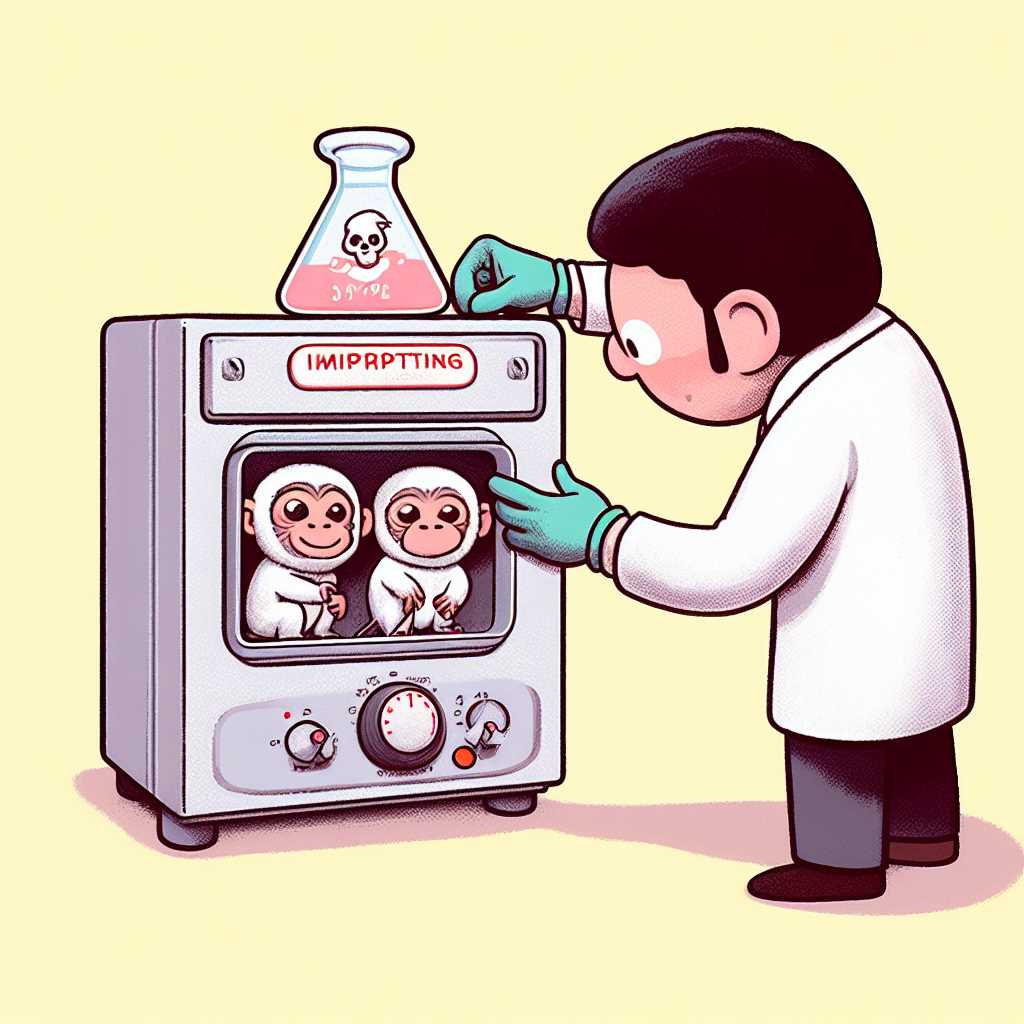Cracking the Primate Cloning Puzzle, But at What Cost?
Primate cloning puzzle nears solution, but human copies remain unethical. Shanghai scientists crack the imprinting code, but efficiency low. The cloning debate rages on, with experts urging caution and focus on ethical genomic medicine.

It's 1996, and Dolly the sheep steals the limelight, strolling into scientific history as the first cloned mammal. Pigs, goats, mice, horses, even dogs hop on the cloning bandwagon, proving the technique's versatility. But when it comes to primates, our furry cousins just say “pfft, amateurs.” Why you ask? Because their genetic structure is like a Rubik's cube on a unicycle – one wrong twist and poof, goes your clone.
But hold onto your bananas because a team in Shanghai may have cracked the code (sort of). Qiang Sun and his crew have been grappling with the primate-cloning puzzle for years. Turns out, it's not just about copying genes like baking cookies. There's a whole “preprogramming” system called “imprinting” that's like the oven settings – get those wrong, and your primate pastry turns into a burnt banana bread.




